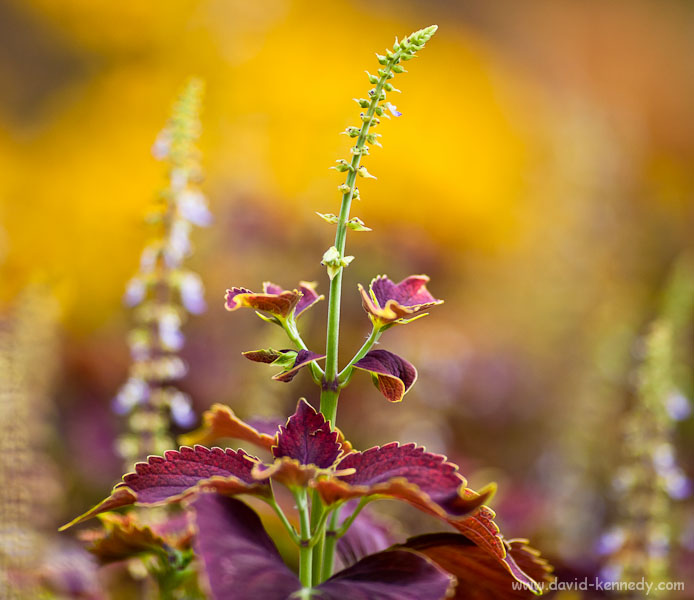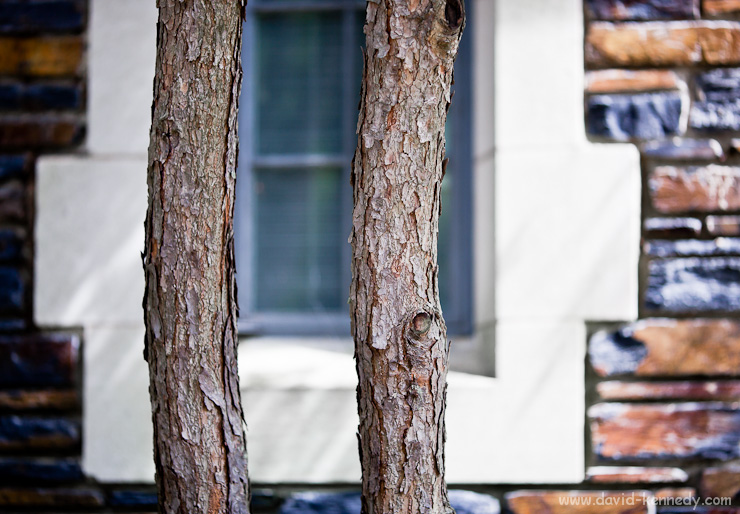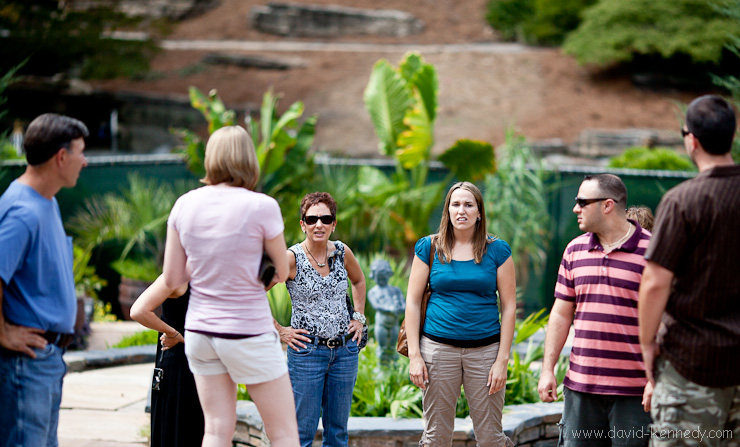A Review of the Canon 135mm f/2L Lens

Preamble
The Canon 135mm f/2L lens is one of the more highly regarded lenses. Together with the 35mm f/1.4L and the 85mm f/1.2L II lenses, it is popular among photographers for the special “look” that it gives images, and in a way, deservedly so. The subject is easily isolated from the rest of the frame, making the challenge more of creating a pleasing composition than of worrying if the image will be too “cluttered.” However, my experience with the lens for a week, courtesy of Canon Professional Services, has left me wondering if the reputation that the lens built for itself is as deserving in the age of 21+ megapixel camera bodies and circular aperture blades. While it surely is effective wide open, the lens appears not to be as sharp as it could be in all circumstances, and stopping the lens down reveals the potential for distracting backgrounds, as my comparison between this lens and the 70-200mm f/4L IS zoom lens will reveal later in the review.
Looking its best
Without question, wide open the lens creates a very compelling and desirable effect for its focal length. The advantage of telephoto compression means that the foreground can be easily distinguished from its background, and the lens’ wide maximum aperture (f/2) helps to obliterate what’s left of said background. With such a fast telephoto lens, foliage only a few feet behind a subject can be turned into an almost seamless background of solid color. Furthermore, the glass is cut in such a way that some subjects seem to literally pop out of their two-dimensional planes, giving them very “3d,” almost Zeiss-like appearances. Indeed, the color and the contrast that come from this lens is impressive.
Below are a few examples that illustrate some of the very best traits of this lens:

In this example, the background flowers are no more than inches behind the central subject (with the yellow flowers about two feet behind). And at 100%, the sharpness is quite stunning despite being made wide open. I must note, however, that images made of subjects physically closer to the lens (particularly in the 3-5 foot range) appear sharper than do those made in the 10 foot to infinity range. However, as I do not have any lens AF Micro-Adjustment equipment on hand, I can say only that this is a perception, but I cannot say an incurable one–AF Micro-Adjustment very likely would address this issue.
More after the jump!



Note that the subjects in the center–concerned though they appear–seem to almost float against the background. Wide open, this lens is a killer.
A Good Lens for Video?
Without question, this would be a fantastic lens for video-capable DSLR cameras…with out caveat: you need to own a neutral density filter or two. Because the lens is startling wide open, why would you want to stop down? Unless, of course, you have to because even in overcast conditions the shutter speed required for f/2 at base ISO (100) can be around 1/4000 of a second, which is not exactly ideal for smooth video. Indeed, video from the 5D Mark II looks best between 1/30 sec. and 1/125 sec., so the only way to knock that shutter speed down is with a range of neutral density filters, a three stop being a necessity for your gear bag. For anyone getting serious about DSLR video, however, a Singh-Ray Vari-ND filter in the largest filter thread that one needs, plus a series of step-down rings to attach it to the smaller-threaded lens in one’s bag, is the natural way to go. It gives one multiple ND filters all in one, accessible simply by turning the filter like one would turn a circular polarizer. But, do I own one? Nope, so my own test video wound up being shot at f/8, so I won’t bother posting it here!
Showing its Age
When I was considering the 135mm f/2L lens, I was thinking about how I could pack it in lieu of my 70-200mm f/4L IS lens for landscape work. However, to really consider it for such an application, I needed to compare how the two lenses handle. Last week I experimented over at the Eno River State Park in Durham, N.C. with the 135mm and found that, overall, it performed very well in certain situations, such as waterfalls. But I wasn’t convinced that it performed any better than the 70-200mm f/4L IS lens, so I set up a situation photographing a Rose of Sharon in Elizabeth’s front yard. As you cycle through the photos in the gallery below, be aware of the caption info, particularly the lens and aperture used. I began with the 135mm wide open at f/2, then stopped down to f/2.8, and then compared the lens with the 70-200mm, zoomed to 135mm, at f/4 (wide open for the zoom lens), f/5.6, f/8, and f/11. The quality of the bokeh is, perhaps, the most surprising part of the story of these two lenses.
Concluding Remarks
I really expected to love the 135mm f/2L lens. It’s fast, it’s reasonably sharp wide open, its bokeh is fantastic (again, wide open), it’s versatile in its ability to accept teleconverters, and can focus down to three feet. Unfortunately, the lens is a bit of a one-trick pony: it’s fantastic wide-open at f/2, but the qualities of the lens that are so pronounced at maximum aperture give way to rather undesirable traits when stopped down even to f/5.6. The beautiful bokeh disappears, and octagonal specular highlights take its place. My 70-200mm f/4L IS lens is keeping its place on the shelf, and the current incarnation of the 135mm may never find its place in my collection.
Clearly, this is a lens in need of an update from Canon: it needs to re-designed with more circular aperture blades for better bokeh stopped down, and sealing it against weather would be a nice “extra.” I look forward to a re-design, because this focal length is very desirable as is the maximum aperture. I just cannot justify owning–or recommending–a lens that does not perform well when stopped down to reasonable apertures.

Great review, thanks for the info!